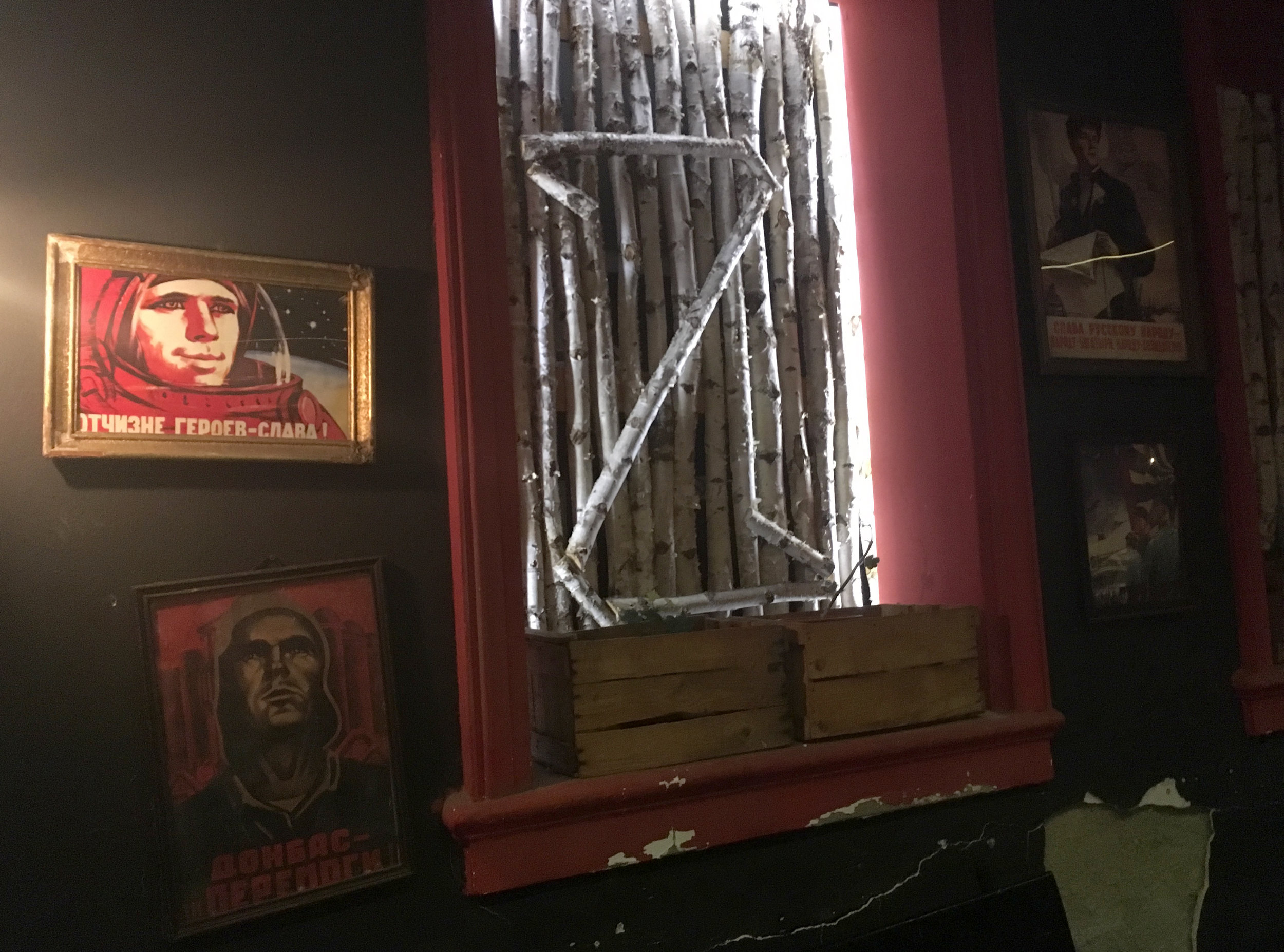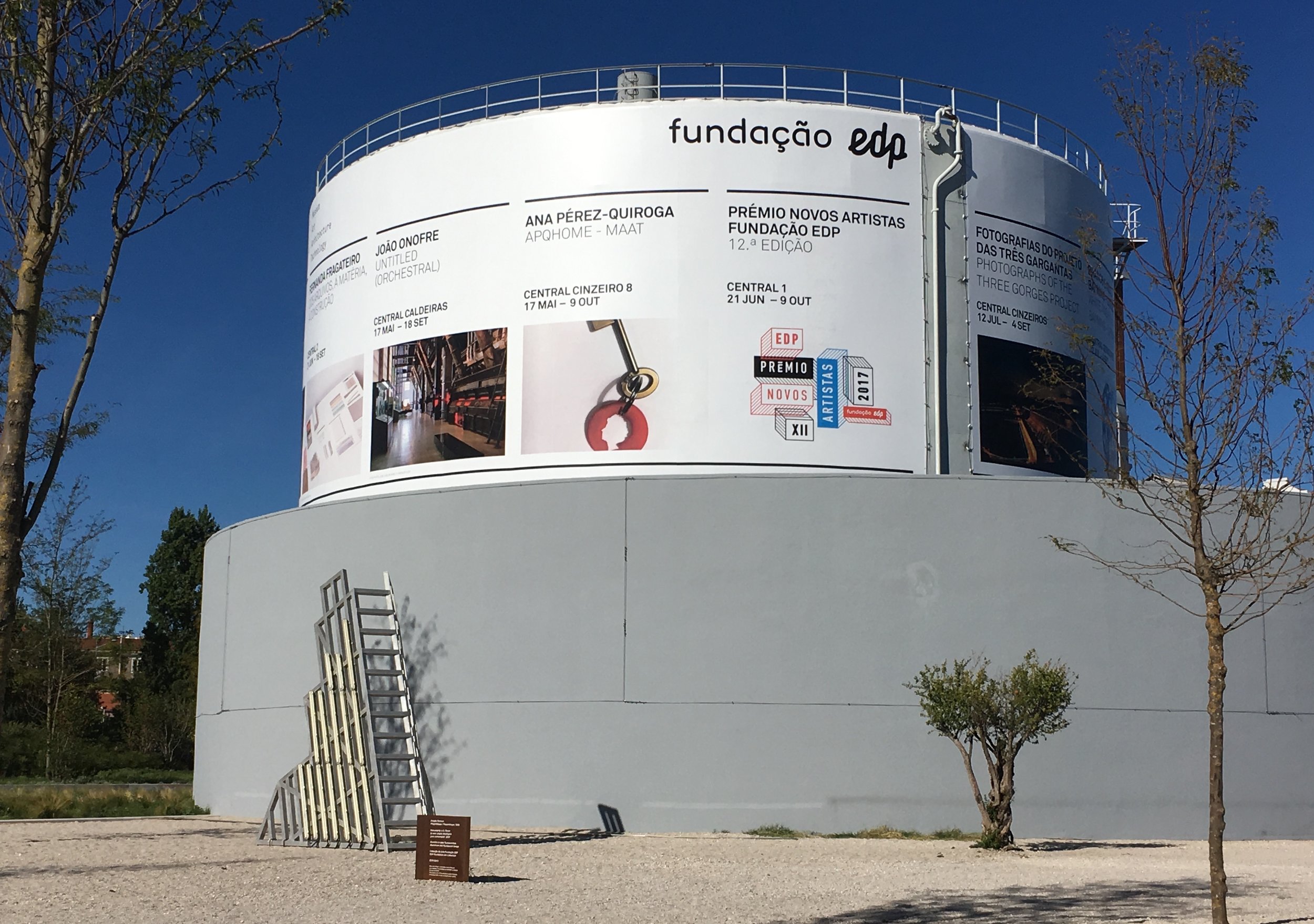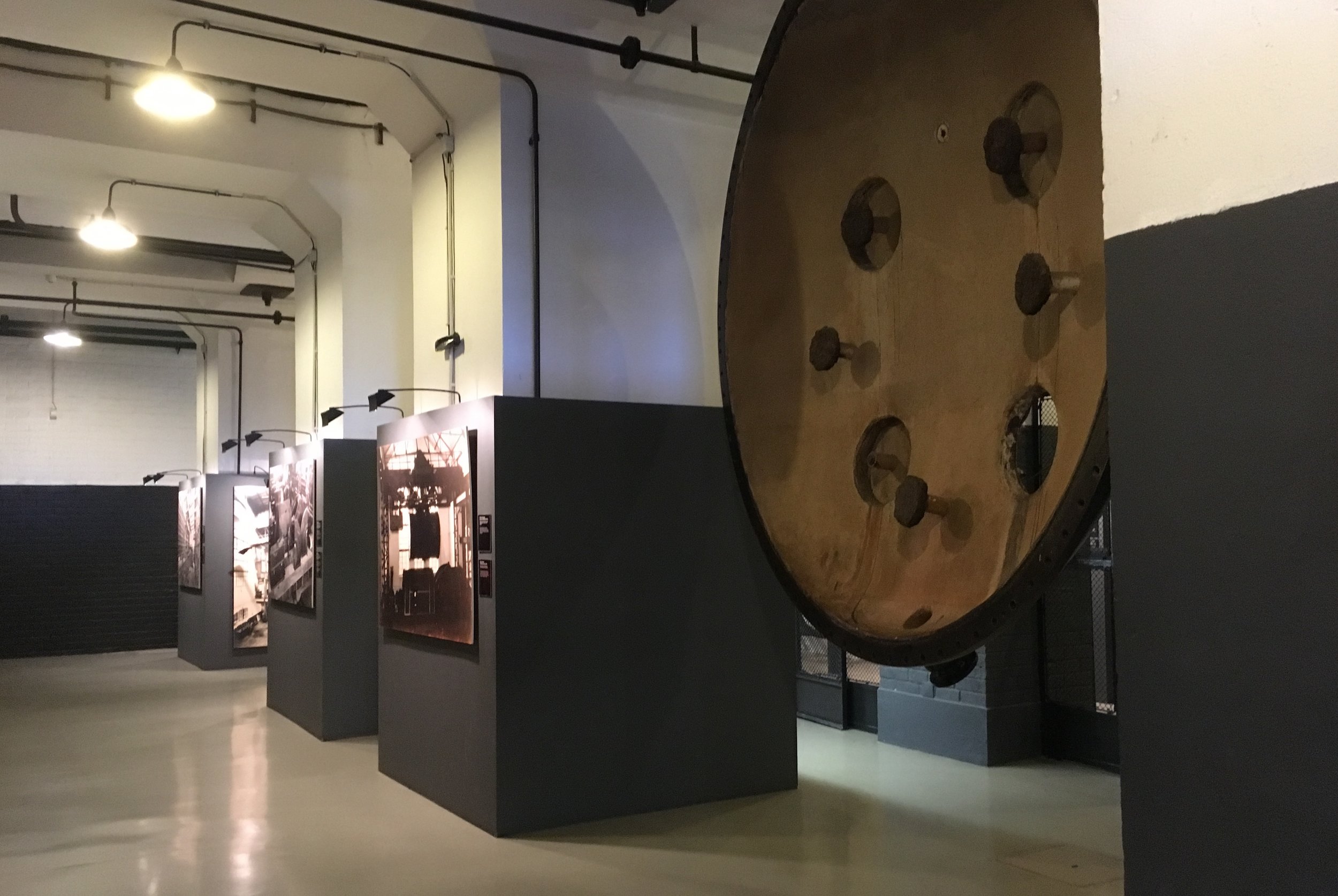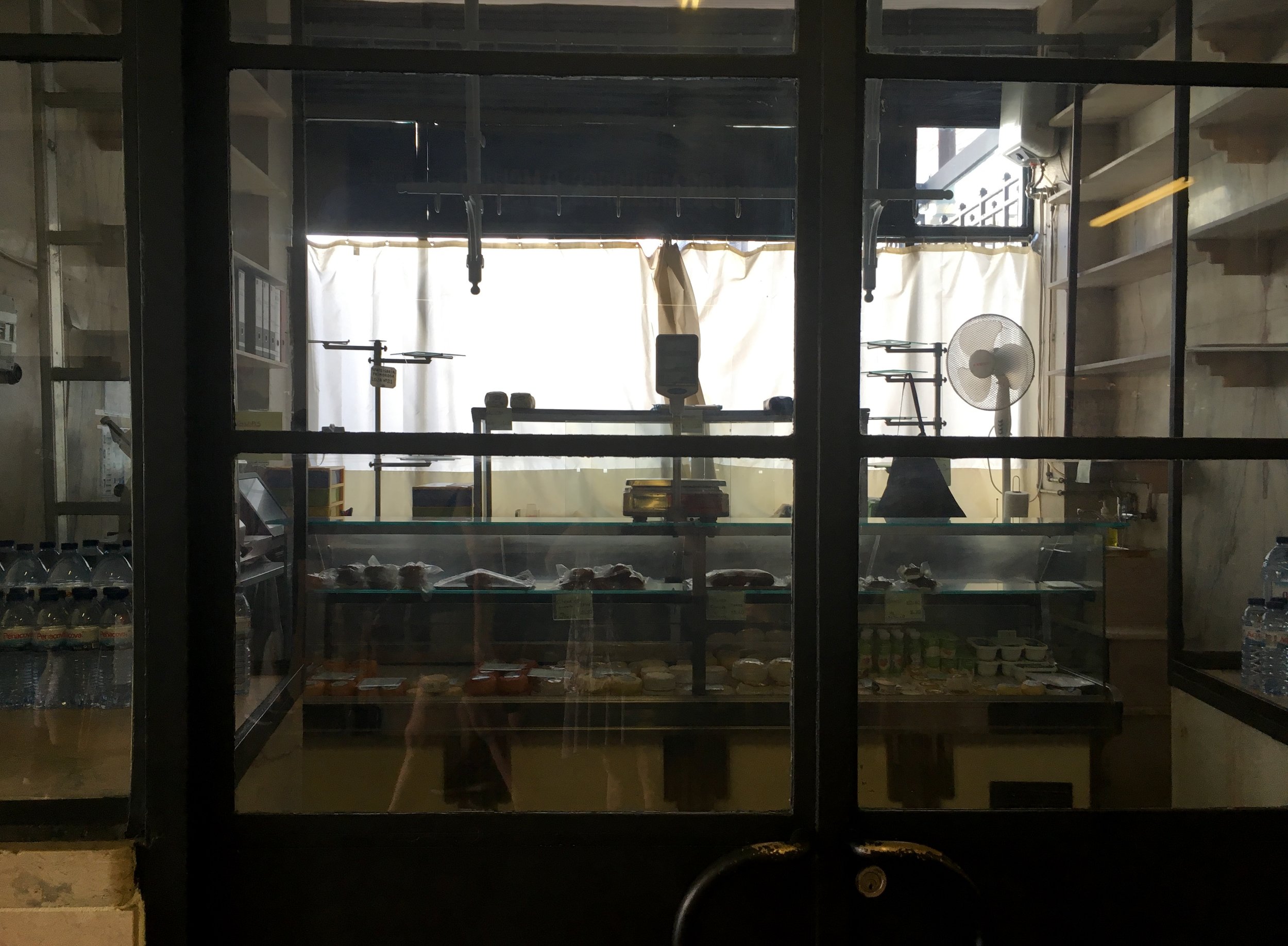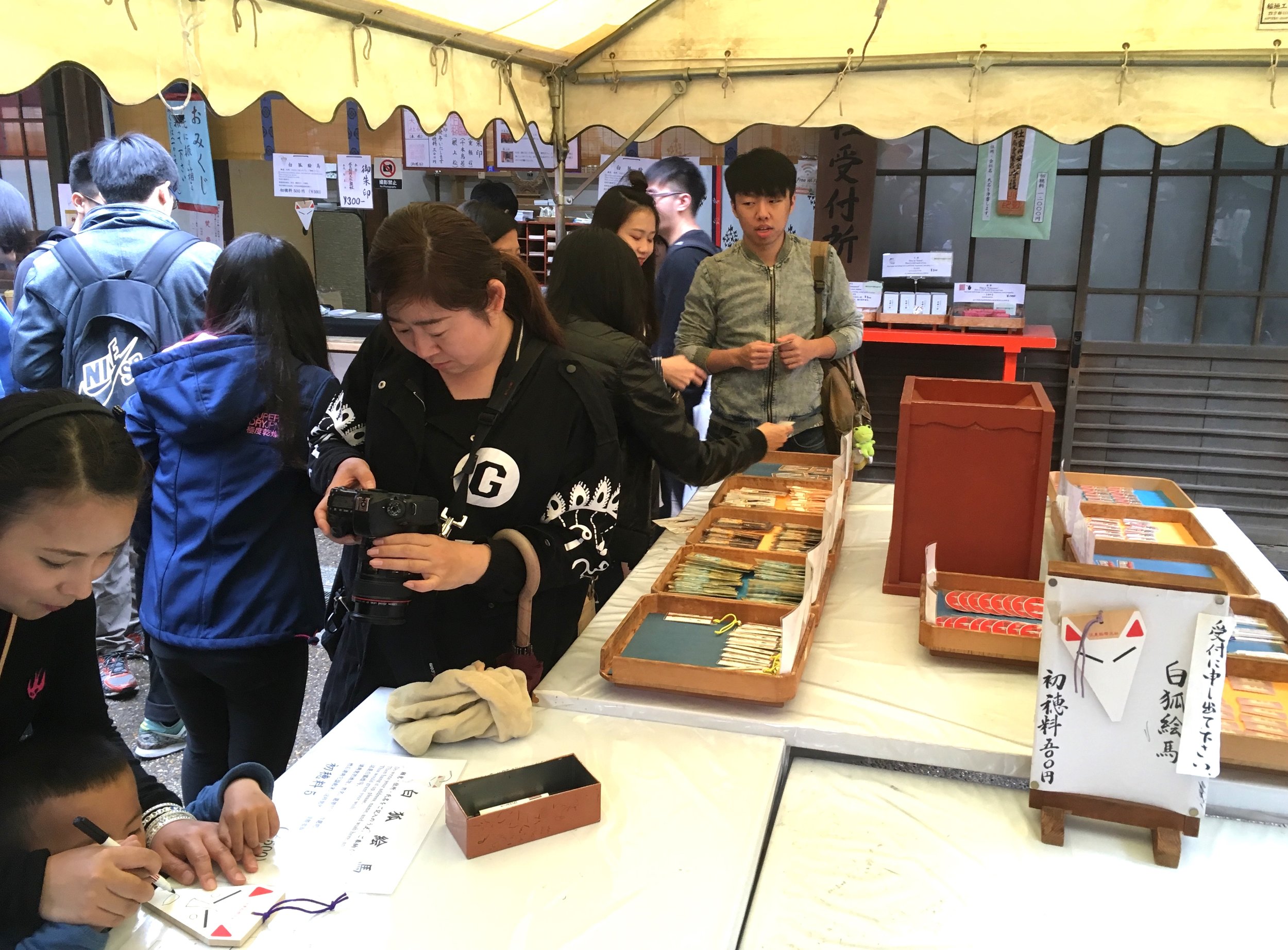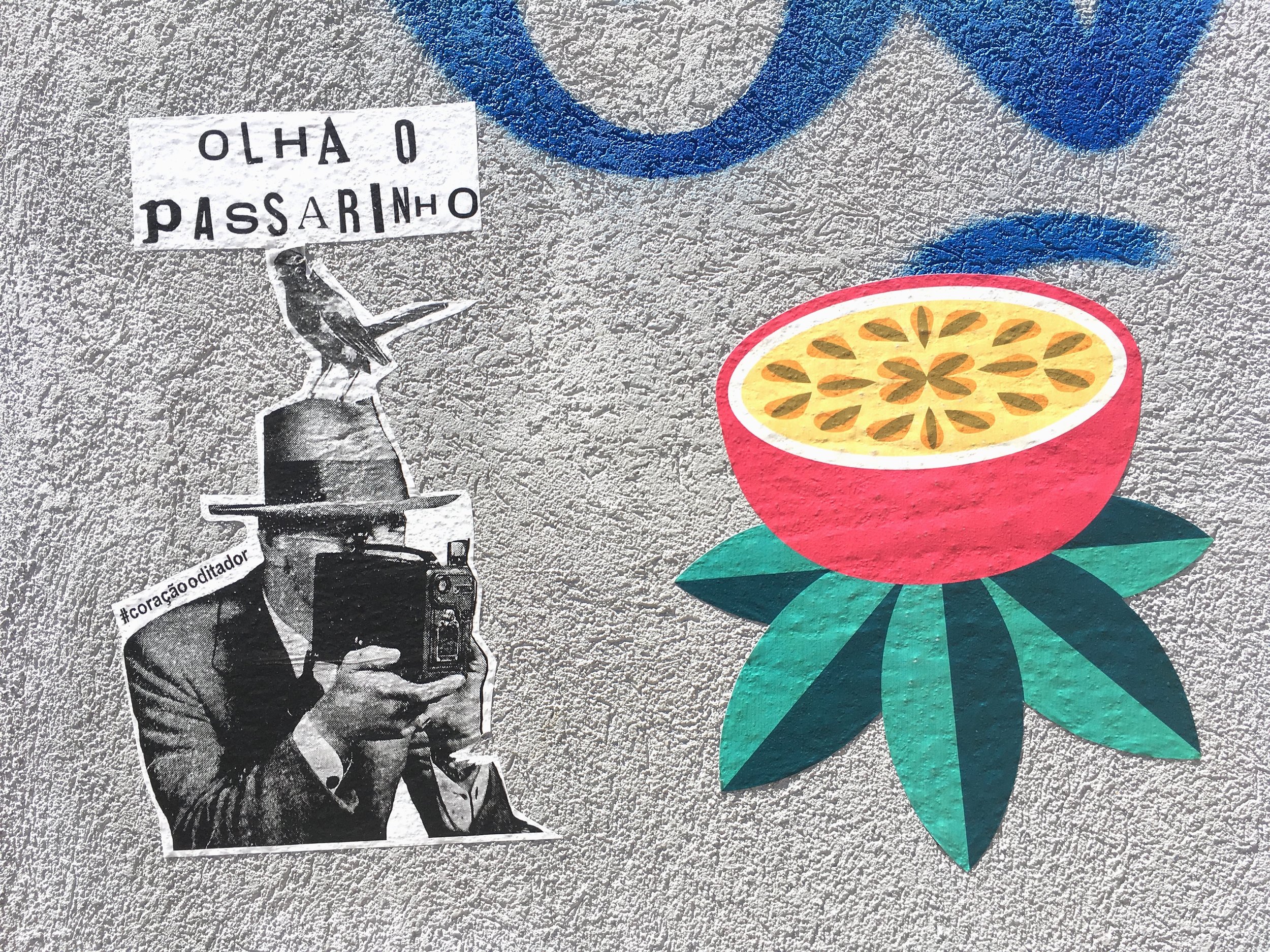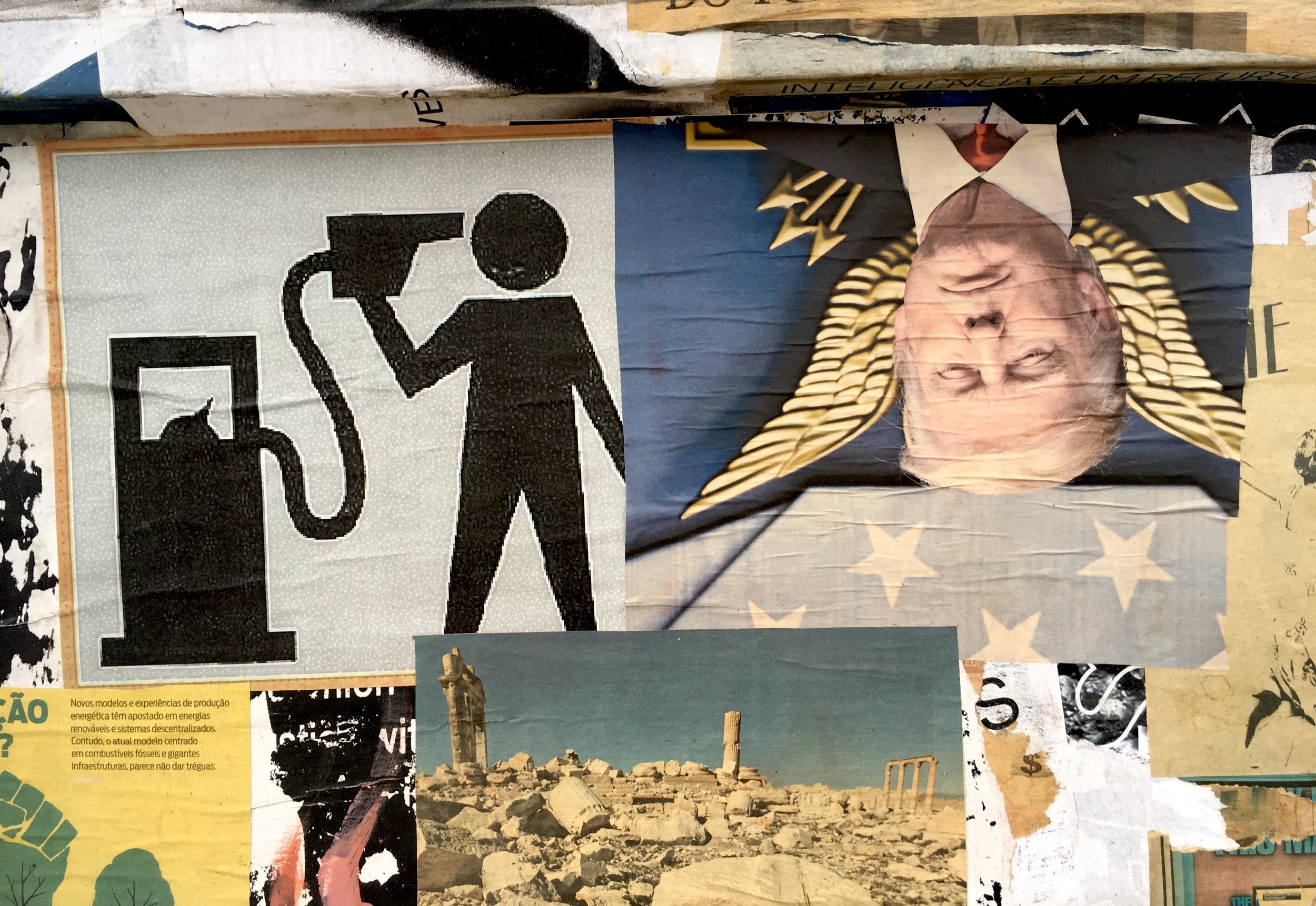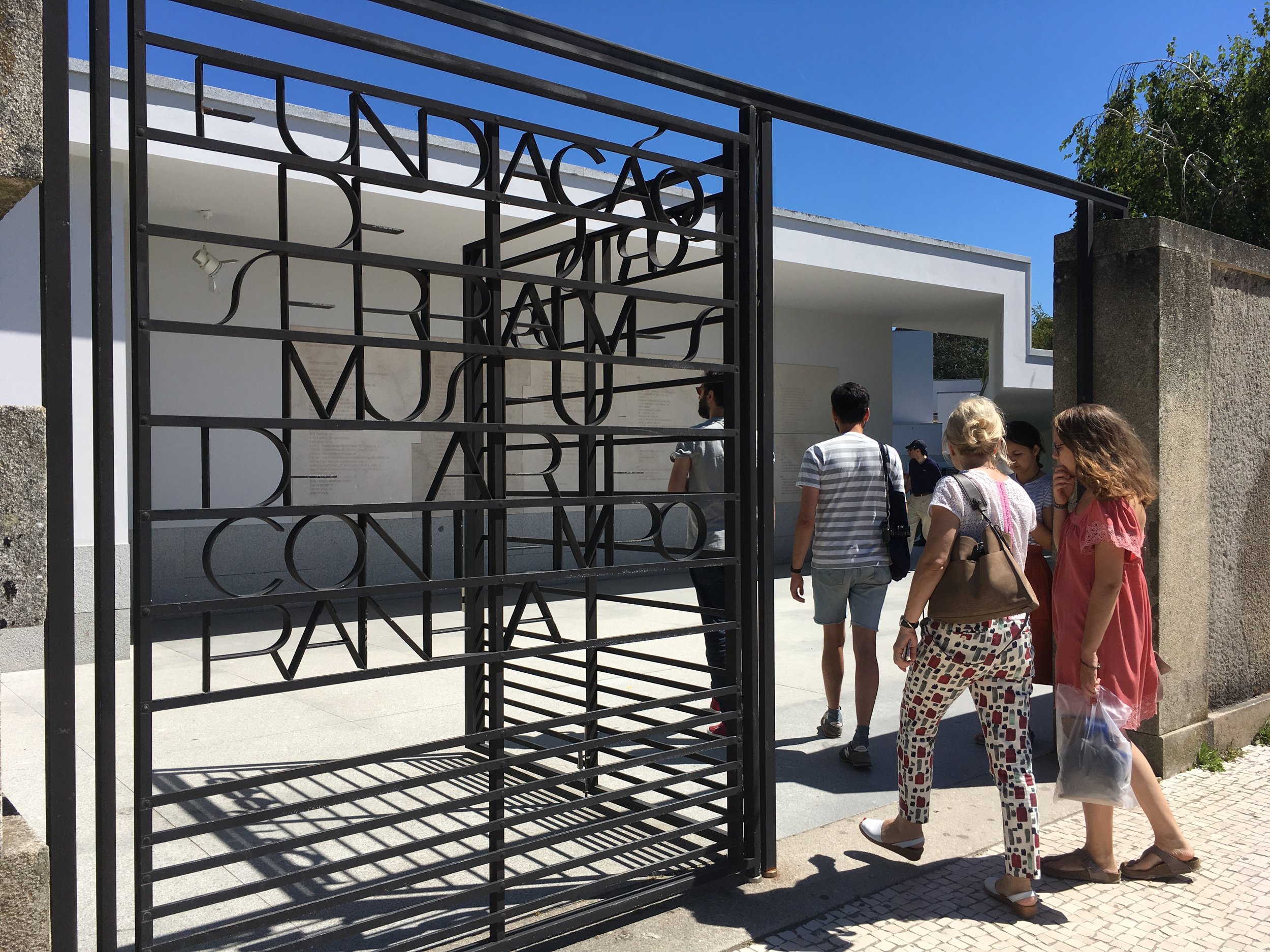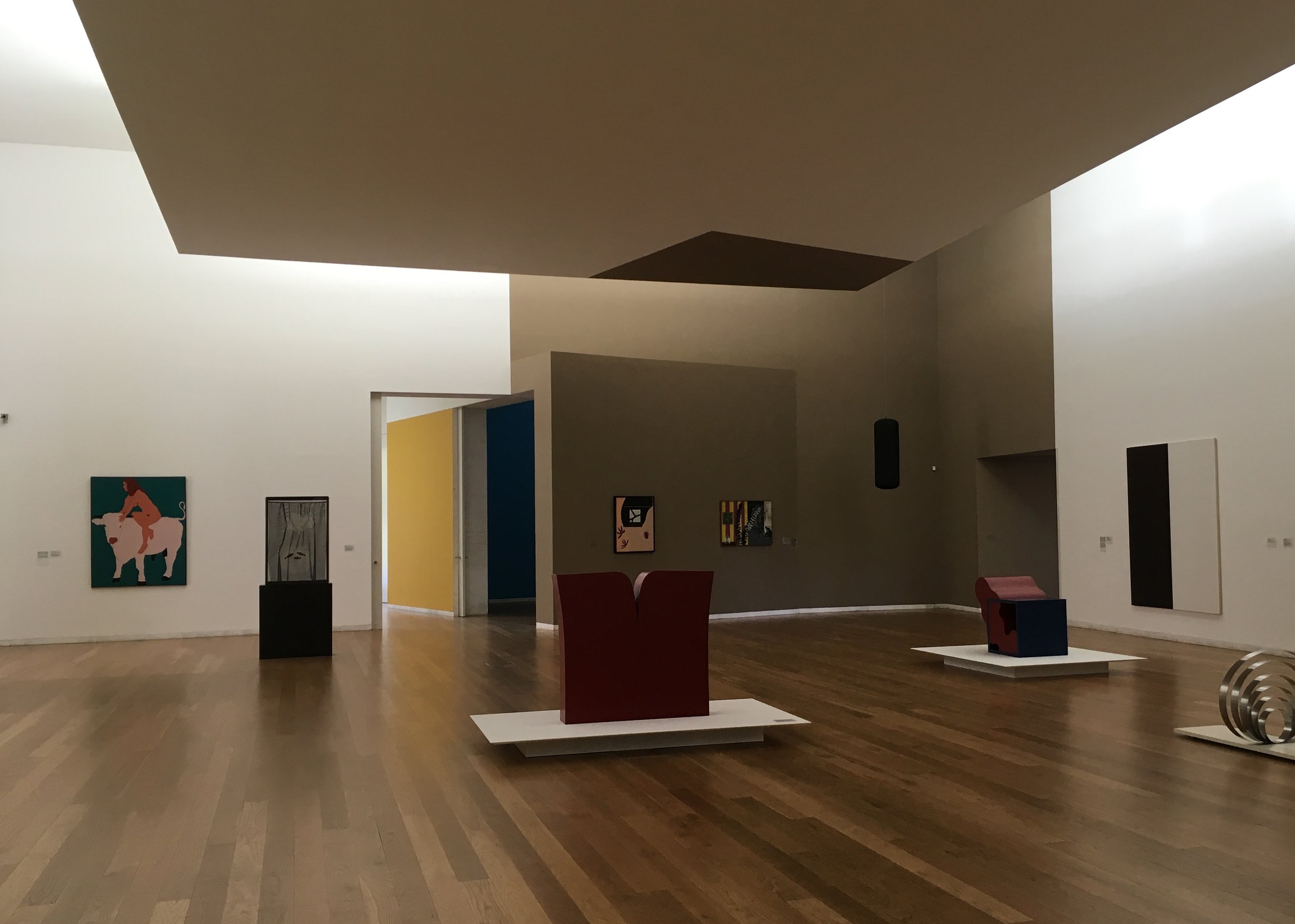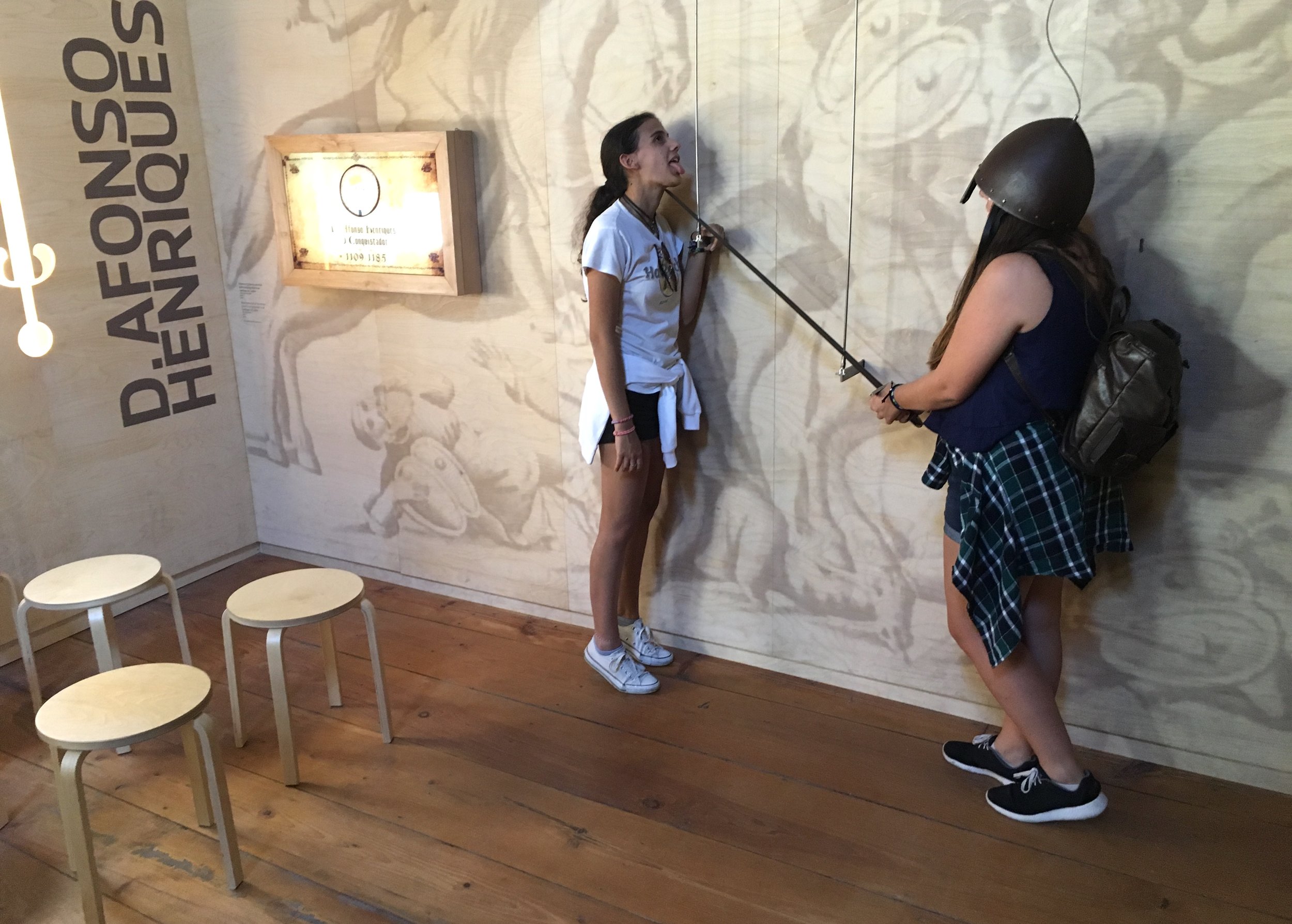Globally Hip, Locally...
Jaded after many months on the road, my eyelids are tattooed with an endless movie of interior design (restaurants, cafes, bars & living spaces). We've arrived, at globally hip. From cheap & dirty to swank, it's just a matter of inspiration and resourcefulness, wherever you are in the world.
And if the muse doesn't provide the creative vision, the internet will, swirling the globe like a second, pinterest atmosphere. We're breathing it in non stop.
Even ways of being undesigned are intentional. Nobody is not a designer anymore.
I love it. But maybe our global hip is terminal? Maybe we're losing the regional uniqueness of design, the specialness of a locality, where strange and wonderful things develop in their own geographic bubble. Travel used to be a discovery of truly odd local aesthetics and fashions, but now its more and more predictable, in an eclectic way.
You could say that local design still exists in the form of "local themes", even if they're not organically grown. One of my favorites is the Soviet Bar in Cluj Napoca, Romania.
Then there's a wider approach to "themes" that seems to achieve global and local at the same time. Like "I'm Camper" cafe in Seoul, Korea.








